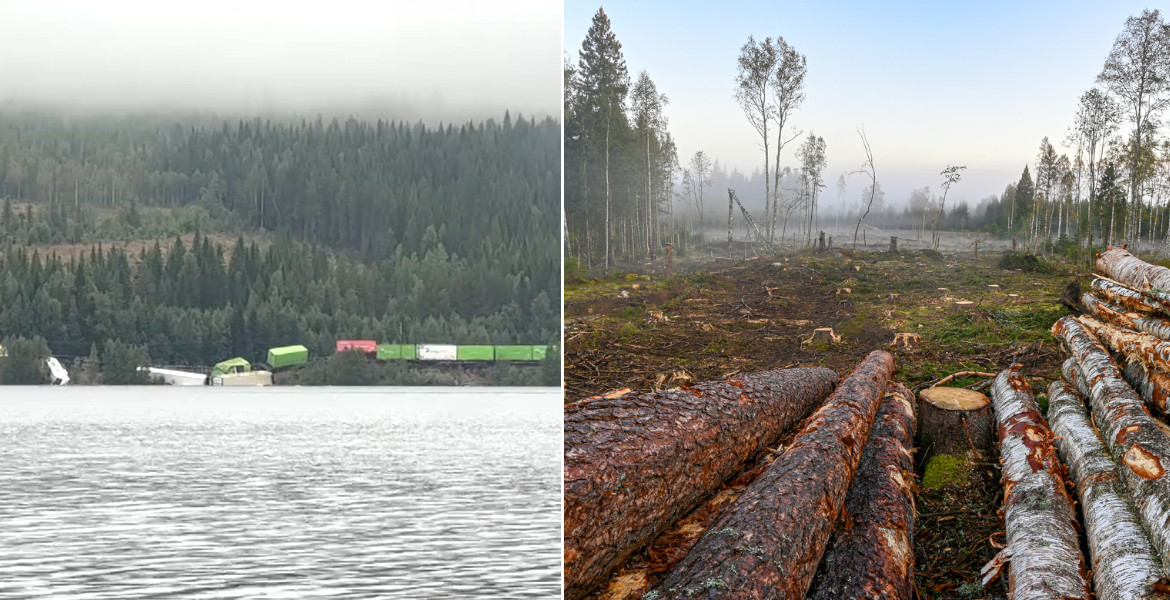The Swedish Forest Agency has warned for several years that logging near infrastructure increases risks during flash floods. Now an analysis shows that logging may have partially contributed to the recent disasters in Västernorrland, northern Sweden.
In recent weeks, flash floods in Västernorrland, a county in northern Sweden, have caused chaos in society. A large number of roads have been destroyed, trains carrying hazardous goods have derailed, and one person has died as a result of the disasters. In Kramfors, for example, 123.5 millimeters of rain fell in one day, which is the highest recorded in September since 1913 – according to statistics from SMHI (Swedish Meteorological and Hydrological Institute).
One of the causes behind the chaos may be Swedish forestry, according to an analysis conducted by the Swedish Forest Agency. Two of the worst disasters in Västernorrland have occurred in areas where large amounts of forest have been logged in recent years, shows the data that Bonnier publication DN has accessed.
One disaster occurred outside Härnösand, where a man drove into a crack in a destroyed road and died. The other disaster involved a freight train that derailed in Skorped by a lake, where the train contained ammunition and diesel among other things.
The Swedish Forest Agency has warned that extensive logging can affect vital societal functions for several years, especially when it occurs on steep slopes. In several reports submitted to the Swedish government, the agency has raised this issue, but nothing has happened.
— We have warned about the risks for a very long time and it seems to be exactly what we’re seeing examples of now. We need to do a proper analysis of cause and effect clearly, but based on what we know about how logging affects runoff, it looks problematic, says Anja Lomander, soil specialist at the Swedish Forest Agency.
“Must change quickly”
Forest logging can cause runoff to double during flash floods, since the trees are not there to both catch water in the tree crowns and absorb it through the roots, something that is particularly risky on steep slopes. Vehicle tracks and ditches also make it easier for water to flow down, and these types of logging operations have increased in Sweden in recent years.
Lomander believes there is a lack of both knowledge and resources in the area, and that current regulations mean the Swedish Forest Agency’s reviews of forest owners’ logging notifications are insufficient.
— It must change quickly so that no more lives are lost and so that the costs to society don’t become enormous, she says.







